“FDA recognition in rapid prototyping requires extensive research and development to ensure compatibility with the healthcare industry. Various factors influence this process. Explore cost optimization tips in this detailed guide.’’
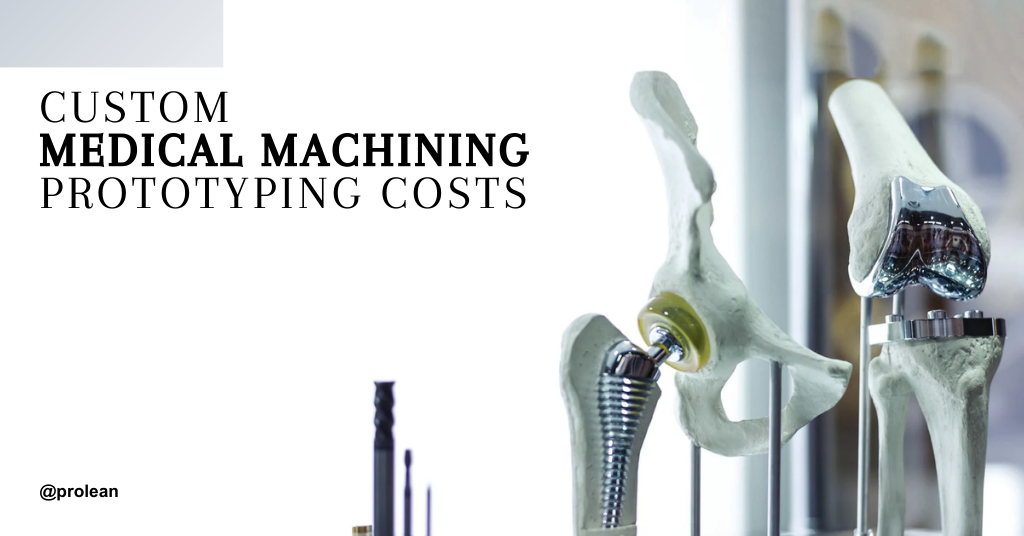
Custom medical machining prototyping plays a crucial role in the healthcare industry. It allows engineers to innovate and iterate designs swiftly. However, navigating the costs associated with such prototyping needs can be challenging. These prototypes serve as substantial epitome of creative ideas, enabling engineers to test functionality, refine designs, and validate concepts before full-scale production.
As a technical expert, it’s crucial to have a comprehensive understanding of the financial implications of each step in the prototyping expedition. By addressing these challenges head-on, product designers can ensure that innovative medical devices are not only developed but also brought to market in a timely and cost-efficient manner.
This article aims to provide valuable insights and guidance for technical experts and engineers to machine prototypes more effectively by knowing the complexities around these prototypes.
FDA Classes for Medical Prototypes
The FDA classifies medical devices into three main categories based on their level of risk to patients and users. These classifications, known as FDA device classes, help to determine the regulatory requirements and level of oversight necessary for bringing medical devices to market.
While the FDA does not specifically classify medical prototyping parts, the classification of the final medical device that incorporates those parts is relevant. Here are the FDA device classes:
1. Class I
Class I devices are considered low-risk and are subject to the least regulatory controls. They are typically simpler in design and pose minimal risk of harm to patients or users. Examples include tongue depressors, elastic bandages, and examination gloves. Many medical prototyping parts may fall into this category if they are not intended for use in critical applications.
2. Class II
Class II devices are moderate-risk devices that require special controls to ensure their safety and effectiveness. These devices are more complex than Class I devices and may include components such as diagnostic equipment, infusion pumps, and surgical drapes. Some medical prototyping parts may fall into this category if they are components of Class II medical devices.
3. Class III
Class III devices are considered high-risk and require the highest level of regulatory scrutiny. These devices are often life-sustaining, and pose a significant risk of injury if they fail.
For instance, implantable pacemakers, orthopedic implants, and automated external defibrillators are specified in Class III. Medical prototyping parts intended for use in Class III devices would be subject to rigorous regulatory requirements and scrutiny.
The classification of the final medical device will determine the regulatory pathway, requirements for premarket approval, and ongoing post-market surveillance obligations. Therefore, engineers and manufacturers need to understand the regulatory implications of the medical devices they are developing, including the classification of the final product and any associated prototyping parts.
Try Prolean Now!
Manufacturing Technologies For Medical Prototypes
When it comes to custom medical machining prototyping, various techniques, such as CNC machining, additive manufacturing, and injection molding, are available to fabricate different components of medical devices, which offer varying cost implications.
Here’s a closer look at the machining techniques commonly employed for medical device prototyping:
1. CNC Machining
CNC prototyping involves using computer-controlled machines to remove material from a workpiece with high precision. It’s versatile and suitable for various common materials, including metals, plastics, and composites.
Moreover, CNC machining costs can vary depending on the material, design complexity, tolerances required, and machine time. Generally, CNC machining is considered moderately expensive, ranging from $200 to $5,000 per part.
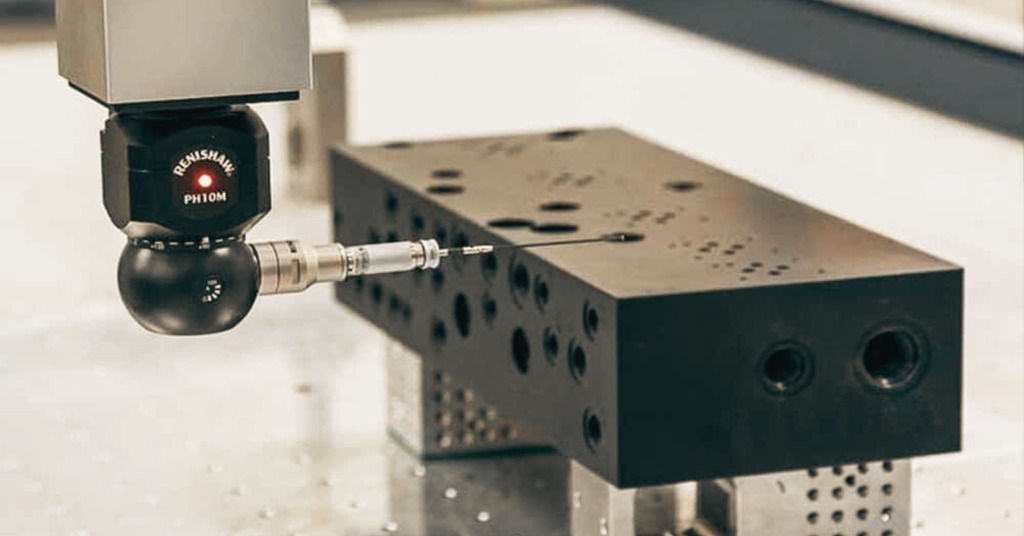
CNC Machining Medical Prototype
Furthermore, the cost increases with the complexity of the design and the type of material being machined. Additionally, setup costs for CNC machining can be significant, especially for intricate designs or tight tolerances.
CNC milling, CNC turning, CNC drilling, and grinding are common machining processes used for prototyping medical devices. Each offers unique capabilities and advantages.
2. Electrical Discharge Machining (EDM)
EDM uses electrical discharges to shape conductive materials with high precision. It’s particularly useful for intricate and delicate designs, such as those in medical devices like surgical instruments and orthopedic implants.
Similarly, wire EDM can be relatively expensive due to the specialized equipment and expertise required. Costs typically range from $300 to $7,000 per part, depending on the conductivity of the material and the intricacy of the design.
3. Laser Cutting and Laser Micromachining
Laser cutting uses a focused laser beam to engrave materials with precision. Laser micromachining is a similar process but on a smaller scale, and it is used for extremely small feature designs.
Moreover, laser cutting and micromachining costs vary based on material, thickness, and complexity. Initial setup costs can be significant, but the per-part cost is relatively low, ranging from $5 to $500.
Furthermore, factors influencing the cost include the type of laser used, the power and speed settings, and the material being processed. These techniques are ideal for producing components for medical devices, such as stents, catheters, and surgical tools.
4. 3D Printing (Additive Manufacturing)
Additive manufacturing builds parts layer by layer from digital designs, making it highly versatile for creating complex geometries. It’s commonly used in medical prototyping to create patient-specific implants, surgical guides, and anatomical models.
Furthermore, 3D printing costs depend on material, size, complexity, and quality. Initial setup costs for 3D printing can be moderate, but per-part costs are typically lower than traditional machining. Costs can range from $10 to $300 per part, with factors like material choice, printing technology, and post-processing requirements influencing the final cost.
5. Micro-milling and Micro-turning
Micro-milling and micro-turning are techniques used to create small, intricate features with high precision. These techniques are often employed in producing miniature components for medical devices such as pacemakers, catheters, and microfluidic devices.
Additionally, micro-milling and micro-turning can be more expensive than traditional machining due to the specialized equipment and expertise required. Costs vary depending on material, complexity, and tolerances, ranging from $500 to $10,000 per part. Moreover, factors influencing the cost include tooling requirements, machine setup, and the intricacy of the part geometry.
6. Grinding and Polishing
Grinding and polishing are essential for achieving precise surface finishes required in many medical applications. They are commonly used to produce medical implants, surgical instruments, and diagnostic equipment.
Moreover, grinding and polishing costs depend on factors such as material, size, complexity, and desired finish. While setup costs can be moderate, per-part costs tend to be relatively low, ranging from $5 to $200 per part.
Factors influencing the cost also include the type of grinding wheel or polishing media used, the level of automation, and the required quality standards.
7. Injection Molding
Injection molding is used to mass produce plastic components by injecting molten material into a mold cavity. It’s widely used in the medical industry to produce components such as syringes, vials, and medical device housings.
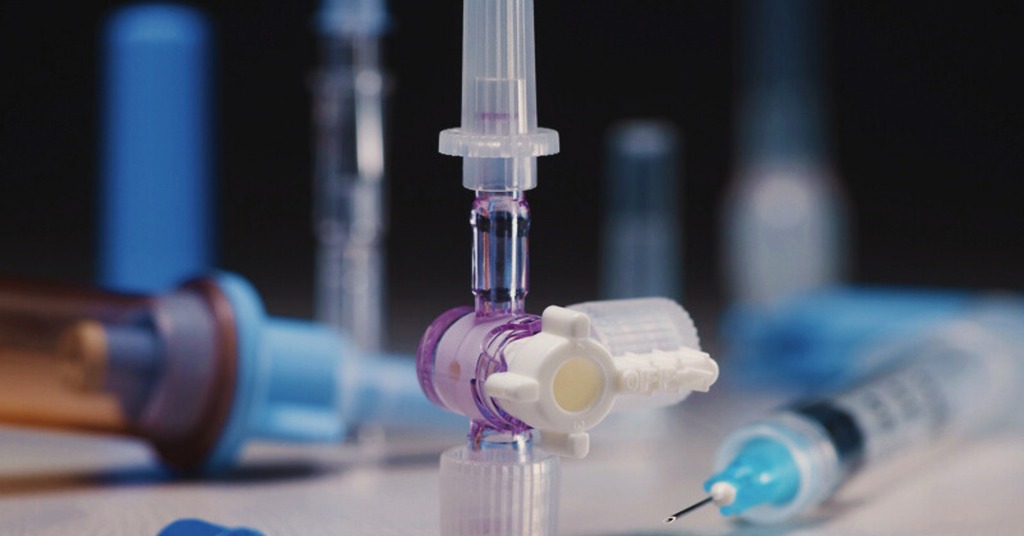
Plastic Medical Prototyping Part
Moreover, injection molding requires a significant initial investment in tooling and setup, but per-part costs are relatively low, making it cost-effective for large production runs. Costs per part can range from $0.01 to $5, depending on the complexity and volume of production. Furthermore, factors influencing the cost include the complexity of the mold design, material selection, and the number of cavities in the mold.
8. Electrochemical Machining (ECM)
ECM uses electrolysis to remove material from conductive workpieces, making it suitable for machining complex shapes and difficult-to-machine materials such as titanium and nickel alloys. ECM is commonly used in the medical industry to produce components such as bone plates, dental implants, and surgical instruments.
Costs vary depending on material, complexity, and tolerances, ranging from $500 to $7,000 per part.
Moreover, factors influencing the cost include the electrolyte solution used, the voltage and current settings, and the size and shape of the workpiece.
9. Swiss Machining
Swiss machining is ideal for high-precision, small-scale components commonly found in medical devices such as bone screws, catheters, and orthopedic implants. Swiss machining offers exceptional ability to achieve tight tolerances and excellent surface finishes.
Additionally, Swiss machining tends to be relatively expensive due to the precision and specialized equipment involved. Costs vary depending on material, complexity, and tolerances, ranging from $700 to $10,000 per part. Furthermore, factors influencing the cost include machine setup time, tooling costs, and the complexity of the part geometry.
By commodifying these techniques, designers and engineers can fabricate various components for custom medical devices, from intricate surgical instruments to complex implantable devices. Each technique has unique advantages and considerations for flexibility and innovation in medical device prototyping and manufacturing.
Try Prolean Now!
Key Considerations for Parts Designing
Designing medical prototypes requires careful consideration of various factors to ensure the final product meets the required specifications, regulatory standards, and user needs.
While prioritizing factors such as biocompatibility and durability, engineers must consider the cost implications of material selection. Balancing performance requirements with budget constraints is crucial to ensure cost-effective prototyping. Alternative materials and negotiating pricing with suppliers can help optimize material costs
1. Design Complexity
The intricacy of the design directly impacts machining costs. Engineers must strike a balance between design functionality and manufacturability to minimize machining complexities and associated costs.
2. Material Selection
Choosing the right materials for medical prototypes is critical for achieving the desired performance, durability, and biocompatibility. Engineers must select materials that meet regulatory standards, are compatible with manufacturing processes, and can withstand the intended use conditions.
3. Biocompatibility
Medical devices come into direct contact with the human body, making biocompatibility a non-negotiable criterion. Materials used in medical device prototyping must be biocompatible to ensure patient safety and regulatory compliance. Engineers must carefully evaluate the biocompatibility of materials and choose those that meet the required standards.
4. Durability and Performance
Medical devices are subjected to various stresses and environmental conditions during their lifecycle. Therefore, it’s essential to select materials that offer high durability and performance. Factors such as mechanical strength, chemical resistance, and thermal stability should be taken into account to ensure the longevity and reliability of the final product.
Among the materials commonly employed in medical prototyping, plastics play a significant role due to their versatility, biocompatibility, and ease of fabrication.
Plastics used in medical prototyping include but are not limited to thermoplastics such as polycarbonate, polyethylene, and polypropylene, as well as biocompatible polymers like polylactic acid (PLA) and polyethylene terephthalate (PET). These plastics offer a range of properties suited to different medical applications, from implantable devices to diagnostic tools and wearable monitors.
5. Machinability
The machinability of materials directly impacts the ease and cost of the machining process. Materials that are difficult to machine may require specialized tools and processes, leading to increased prototyping costs. Engineers should opt for materials with good machinability to streamline the prototyping process and minimize machining expenses.
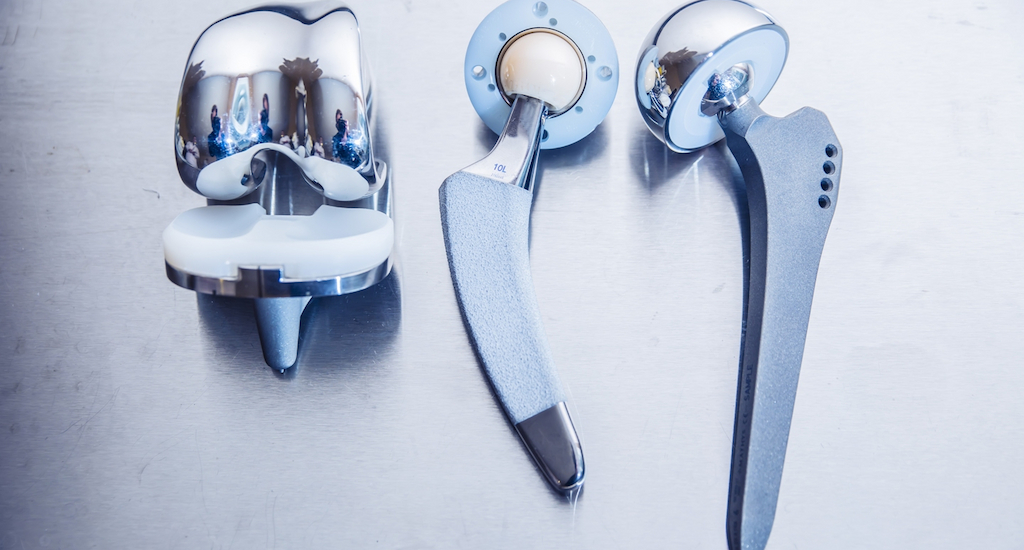
CNC-machined Medical products
6. Manufacturability
Designing prototypes for manufacturability ensures that they can be efficiently and cost-effectively produced at scale. Engineers must consider factors such as moldability, machinability, and assembly complexity to optimize the manufacturing process and minimize production costs.
7. Clinical Requirements
Understanding the needs and preferences of end-users, such as healthcare professionals and patients, is crucial for designing effective medical prototypes. User-centered design principles ensure that the final product is intuitive, ergonomic, and meets the specific requirements of its intended users.
Medical prototypes must meet clinical performance requirements to ensure their safety, efficacy, and reliability in real-world healthcare settings. Engineers must consider factors such as accuracy, precision, and functionality to meet clinical standards and regulatory requirements.
8. Regulatory Compliance
Compliance with regulatory standards and requirements, such as FDA regulations for medical devices, is essential for bringing medical prototypes to market. Designing prototypes with regulatory considerations in mind from the outset helps streamline the regulatory approval process and ensures timely market entry.
9. IIntegration with Existing Systems
Medical prototypes often need to integrate with existing healthcare systems, devices, or infrastructure. Compatibility with standard interfaces, interoperability requirements, and regulatory considerations for connectivity are essential factors to consider during the design phase.
Factors Influencing the Prototyping Cost
Factors affecting prototype cost or pricing can vary depending on the specific requirements of the project and the chosen manufacturing process.
- The complexity of the design significantly impacts the cost, with intricate designs potentially costing between $500 to $10,000 due to increased machining time and resources.
- Material selection, such as specialized or exotic materials, can incur additional costs ranging from $100 to $1,000 based on availability and grade.
- Different machining techniques have varying costs, with CNC machining potentially costing $200 to $5,000 per part, while 3D printing may range from $10 to $300 per part.
- The quantity of prototypes required can also affect pricing, with larger batch sizes potentially reducing unit costs by 10% to 30% due to economies of scale.
- Tight tolerances and high-quality standards may increase costs by $100 to $500 for additional precision machining and inspection processes.
- Surface finishes, such as polishing or painting, can add $50 to $200 to the overall cost depending on the required finish. Shorter lead times may incur rush fees or expedited shipping costs, adding $100 to $500 to the total cost.
- Post Processing like assembly, testing, and packaging can contribute $50 to $300 to the final cost depending on complexity. Iterative prototyping, involving multiple design iterations, may increase costs by $500 to $2,000 due to additional setup and machining time.
- Ensuring regulatory compliance, such as meeting ISO or FDA standards, may involve additional costs for compliance testing, documentation, and certification, ranging from $500 to $2,000.
By considering these factors early on and prioritizing cost-effective solutions, engineers and project managers can effectively manage costs and optimize the value of their prototypes.
Medical Prototyping Services at Prolean
At Prolean, we specialize in providing high-quality medical products, from prototypes to final implants. We offer highly durable, biocompatible materials designed to meet your needs and budget.
Our extensive facilities tend to manage highly intricate designs for large-scale production to patient-specific equipment supported by our proficient engineers who lead in research and development. we strictly adhere to ISO standards, guaranteeing the utmost safety and reliability in our services
https://proleantech.com/rapid-prototyping-services/
Our products meet FDA standards and offer cost-effective solutions intended to your requirements. So, send us your design today and get an instant quote.
Read more:
Try Prolean Now!
Summing Up
Custom medical machining prototyping costs are influenced by many factors, including material selection and design complexity, machining techniques, and volume considerations.
By understanding how cost impacts prototyping needs, engineers can make informed decisions that drive progress while staying within budgetary constraints, ultimately accelerating medical device innovation.
Prioritizing optimization strategies and collaborating with engineers can effectively manage costs for your needs.
FAQs
Q1. What types of plastic materials are suitable for 3D printing medical prototypes?
Commonly used 3D printing plastics in medical prototypes include; medical-grade PLA plastics, ABS, PETG, Nylon, and TPU. These materials offer biocompatibility, sterilizability, and suitability for various medical applications.
Q2. How do I choose the right machining process for my medical prototype?
The choice of machining process depends on factors such as;
- Complexity of the design
- Desired material
- Tolerances, and
- Surface finish
Q3. Which Machining technique is best for medical prototypes? The most effective technique for medical prototyping depends on the project’s specific requirements, but 3D printing is often favored for its versatility, speed, and ability to produce complex geometries with relative ease.

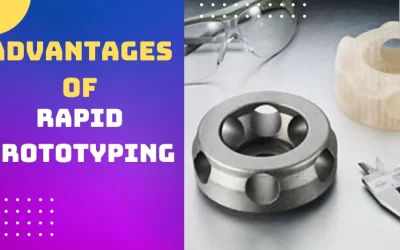

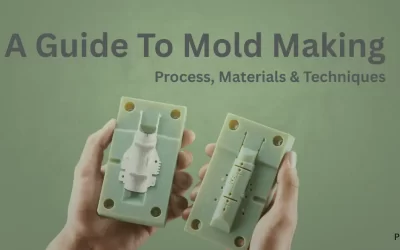
I think FDA-Approbations could be more discussed regarding the various medical parts manufacturing! Otherwise perfect piece!
Thanks for feedback, we will definitely update FDA related topics in near future